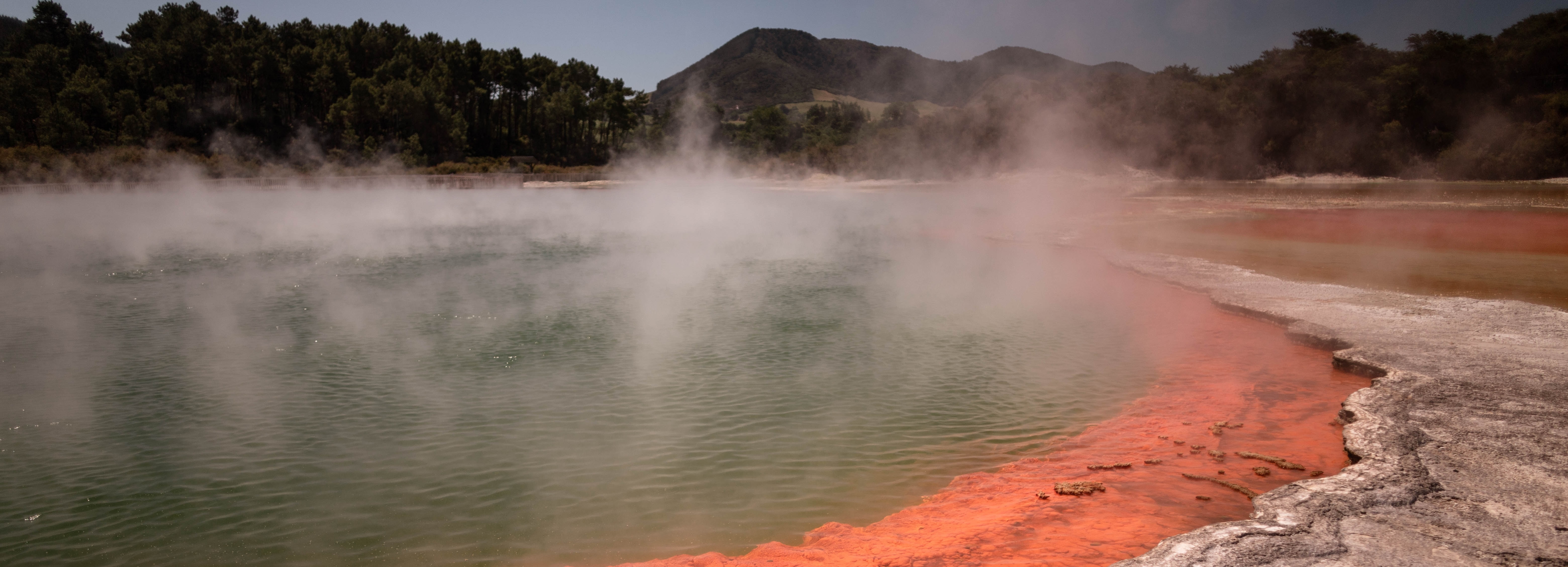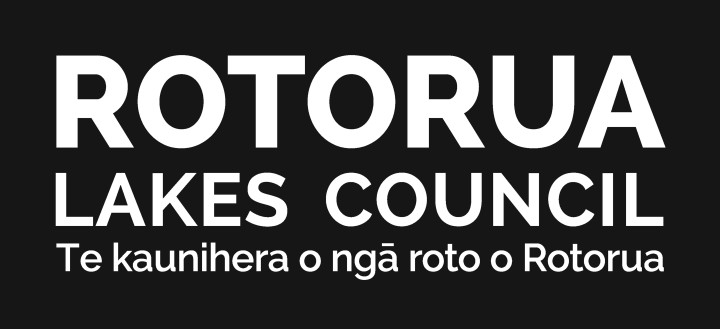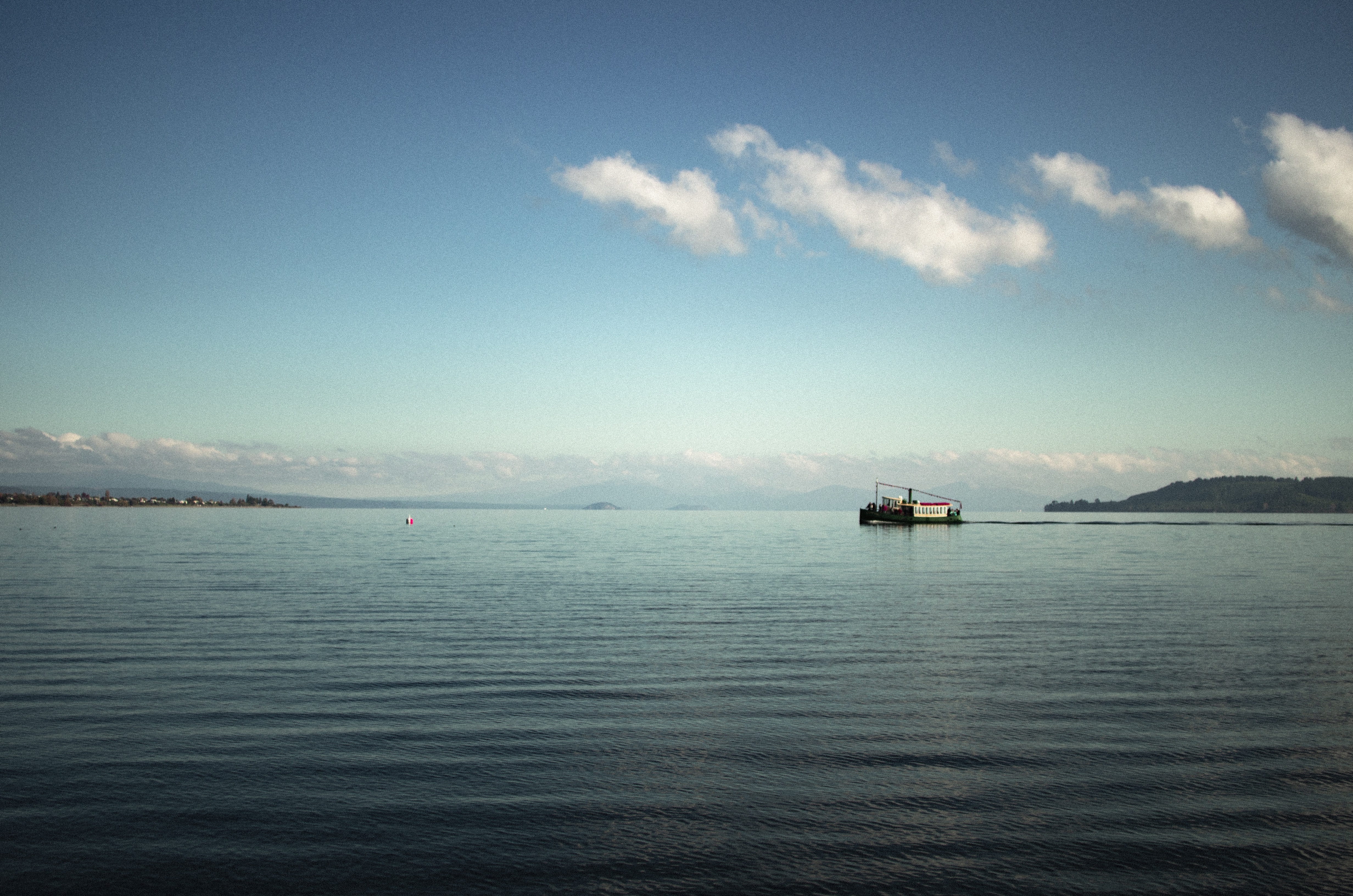Menu
- Water
- Products and Services
- Industry
- Resources
- About Us
- Contact us

Rotorua was established as a borough in 1922, and was declared a city in 1962. It became a district in 1979, and in 2014 was renamed Rotorua Lakes Council. RLC is responsible for water services across the city, including water, wastewater, stormwater and trade waste. Their goals are to make sure that the city has clean running water and a clean environment.

RLC's meter readers were experiencing difficulty obtaining reads on private rural properties due to access, topography, livestock and general health and safety-related issues. The process was a manual one, with meter readers having to access remote rural properties. It was time-consuming and cumbersome, especially for a meter reading process that took around 30 seconds.
Arthur D. Riley’s IoT LoRa-enabled water meter reading solution was implemented in January 2019, across 26 sites. Each one is connected to a LoRa remote, allowing greater frequency of reads, and leakage alerts.
Daily remote reads from internet-connected meters have improved the billing process at Council. This is primarily due to the improved accuracy of the readings, as well as immediate leakage alerts, meaning the problem can be resolved much faster. The ability to view the data on ADR's web portal, and to be able to download and analyse water usage data has also proven invaluable.
Rotorua was established as a borough in 1922, and was declared a city in 1962. It became a district in 1979, and in 2014 was renamed Rotorua Lakes Council, employing approximately 700 staff.
RLC’s 3 Waters Team is responsible for water services across the city, including water, wastewater, stormwater and trade waste. Their goals are to make sure that the city has clean running water and a clean environment.
Over 20 years old, RLC’s water metering solution requires a cumbersome manual process to read the meters, often involving remote and rural properties. Actually getting to the site involves challenges ranging from climbing fences and steep hills to even negotiating paddocks with bulls!
"It’s a time-consuming process," explains Matt Pearson, RLC Water Operations Engineer. "All these hoops have to be jumped through for a meter reading task that only takes about 30 seconds."
New Health & Safety legislation meant more stringent rules around entering rural properties, the 3 Waters Team decided to re-evaluate their meter reading procedures and investigate a more modern solution.
Although health and safety requirements had initially driven the need for a solution that could be monitored remotely, it wasn't the only factor for RLC. "With manual reading, we were only working out the usage every quarter," Matt explains. "So if a property had a leak on it, we wouldn't realise it until we did the reading. And it would also show that they had a high daily usage, which of course would be partly due to the leak."
A remote solution that could provide multiple daily reads, allow greater visibility and the ability to spot a leak immediately were the key requirements of a new solution.
"We looked into three other options (besides ADR)," Matt recalls. "With one, you still needed to be within 500 metres to pick up a reading. Another had a SIM card in it, but cell phone reception out in these remote locations isn't always good. Or just not there at all."
Arthur D. Riley's LoRa IoT Digital Water Meter ticked all the boxes in terms of remote reading, multiple daily reads, and leakage alerts. ADR’s water meters were installed on 26 sites across the Kaharoa / Hamurana district.
"The implementation was easy and very successful," says Matt. "ADR made the transition really smooth. They worked closely with us, spent 2 days out on site with me, and their communication was great."
The ability to read the meters remotely removed health and safety concerns about entering these properties. Leakage alerts mean that the department is immediately aware of the problem, and can take steps to resolve it. "I get alerts if there's over-use," says Matt. "I can then tell the landowners right away that they've got a leak, or that their consumption has gone up and they might need to back off a bit."
Because of the daily remote reads by the internet-connected meter, the department now has improved granularity and accuracy of their data. “And if the landowners have questions, we can show them their usage based on daily data," says Matt.
The ability to view the data on ADR's web-portal, then download and analyse usage has also proven invaluable.
The department recently started trialling a reservoir transducer known as the How – One Gateway. It was installed at the well-elevated, powered Kaharoa site. "It has a transmitter on it which measures the pressure in that zone," Matt explains. "We've got it set up on a pressure reducing valve (PRV), so we can identify low pressure and potential leaks. It's working really well, so that's something we've got in mind for the future."
Matt goes on to say that the service and support from ADR has been impressive. "One of the big things for us is how great they are at communication," says Matt. "Easy to get along with, open and honest, which just makes the process so much easier. And the solution really works. It's easy to use, the data is outstanding, and the support behind it is fantastic."

“The solution really works. It's easy to use, and the support behind it is fantastic.”
Matt Pearson
Water Operations Engineer
Phone: +64 4916 6200
Physical Address:
137 Thorndon Quay, Thorndon, Wellington 6011
PO Box Address:
PO Box 3749, Wellington, Wellington 6140
Copyright © 2023 Arthur D. Riley and Company Limited. All Rights Reserved.